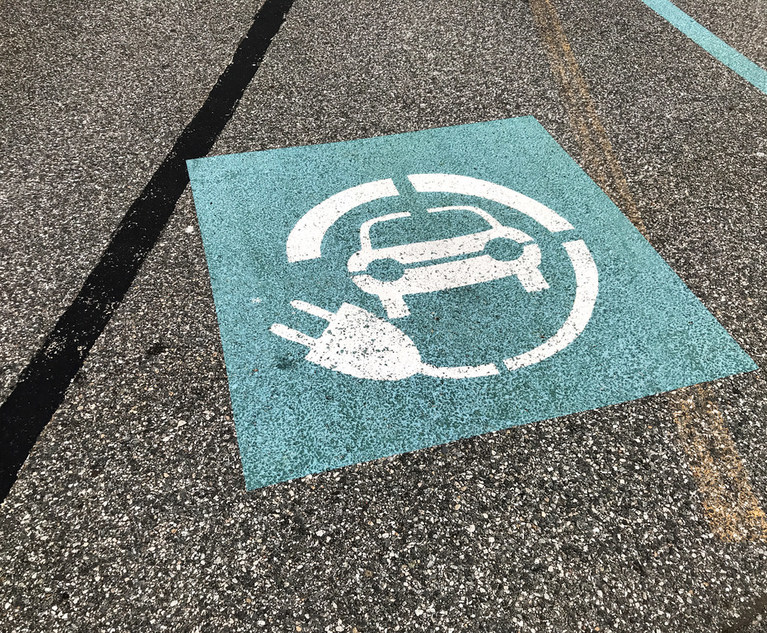On Dec. 1, 2022, the U.S. Environmental Protection Agency (EPA) announced its proposed rule under the Renewable Fuel Standard (RFS) program. For the first time, EPA establishes renewable fuel volumes and percentage standards itself instead of relying on statutorily mandated targets (referred to as the “set” rule). Further, the set rule proposes a system for generating Renewable Identification Numbers from qualifying renewable electricity (“eRIN”). In addition, EPA proposes several changes to better assist with the implementation of the existing RFS program, such as enhancing the third-party oversight provisions or updating procedures for the apportionment of RINs when feedstocks qualifying for multiple types of code are converted to biogas. EPA held a virtual public hearing on Jan. 10, 2023, for the set rule.
RFS PROGRAM BACKGROUND
The RFS program, as codified in Section 211(o) of the Clean Air Act (42 U.S.C. § 7545(o)), was enacted to promote the production and use of clean renewable fuels and United States energy independence. Introduced in 2006 through the Energy Policy Act of 2005 (“EPAct”) and modified through the Energy Independence and Security Act of 2007 (“EISA”), the statute prescribes annual volume targets for most renewable fuels through 2022 and requires EPA to translate these targets into annual compliance obligations for obligated parties or to establish alternative lesser volume and percentage requirements in accordance with EPA’s statutory waiver authority (42 U.S.C. §§ 7545(o)(2)(B); 7545(o)(3)(B); 7545(o)(7)). The CAA provides volumes targets for biomass-based diesel through 2012, and since then EPA has been setting biomass-based diesel (“BBD”) volume requirements in an annual rulemaking. The CAA provides volume targets for total renewable fuel, cellulosic biofuel, and total advanced biofuel through 2022, after which EPA must establish or “set” the volume targets via rulemaking, which is the purpose of the present proposed rule, and the first time EPA is setting volume targets for these renewable fuels under its own authority.


 Photo: Diego M. Radzinschi/ALM
Photo: Diego M. Radzinschi/ALM




